Art Basel’s Paris edition returns as the city’s market grows
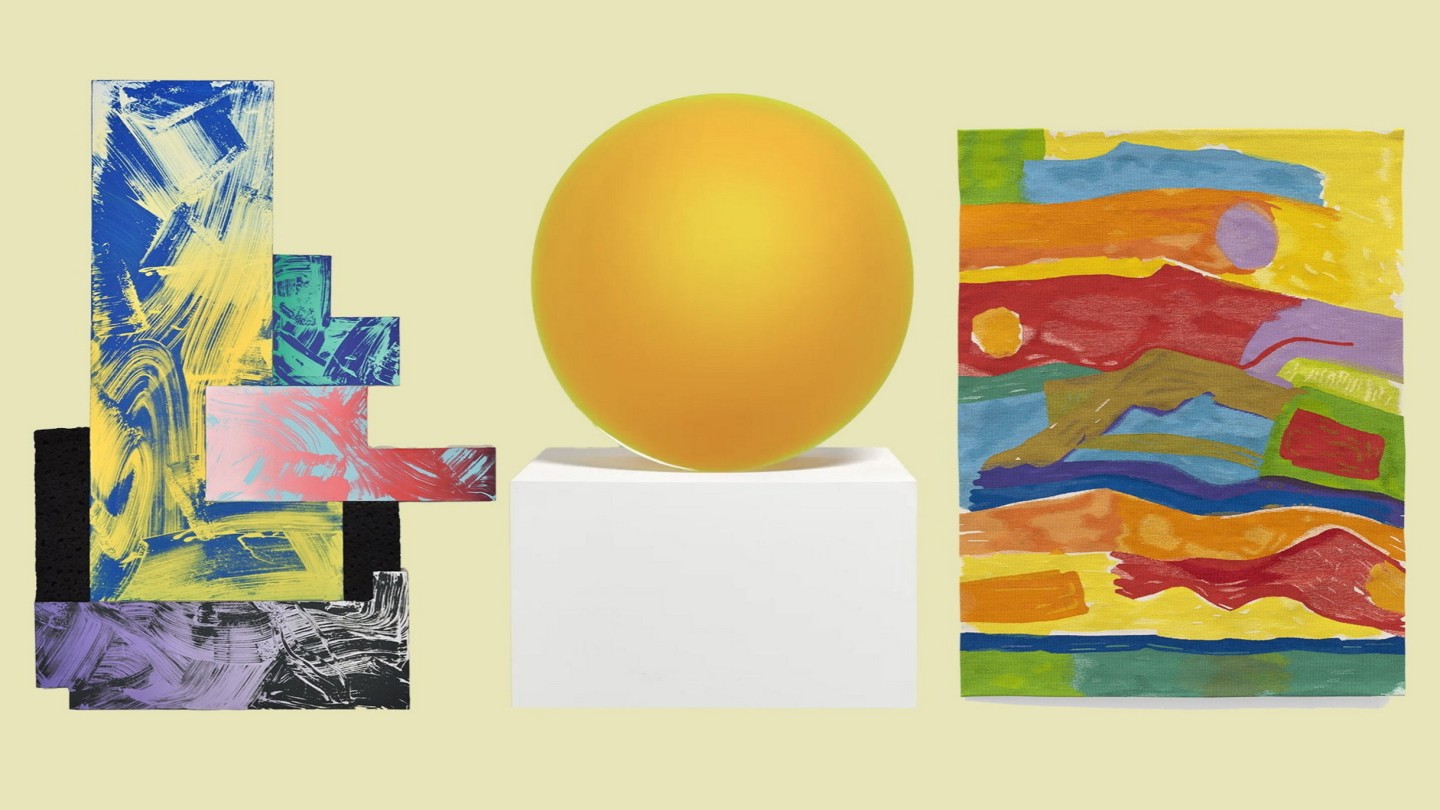
Roula Khalaf, Editor of the FT, selects her favourite stories in this weekly newsletter.
After a well-received first edition of Paris+ par Art Basel last year, Vincenzo de Bellis, the group’s Italian-born director of fairs and exhibition platforms, is well aware of what the music industry calls “second-album syndrome”: the danger that a follow-up falls short of the success of the first. But this year, he says, the fair (October 18-22) has a much broader citywide programme; expected visitor numbers are up; and its exhibitors and organisers have had longer to prepare, given that the event only joined the Art Basel stable in early 2022. “If anything, it will be better!” he says.
De Bellis’s role at Art Basel has also evolved in the past 12 months. He joined shortly before last year’s Paris fair and at the time was working two transatlantic jobs (his previous role at the Walker Art Center in Minneapolis didn’t end until last October). And while he was appointed to oversee all four Art Basel fairs — in Basel, Miami, Hong Kong and Paris — this was before each had a dedicated director, so he was initially more hands-on.
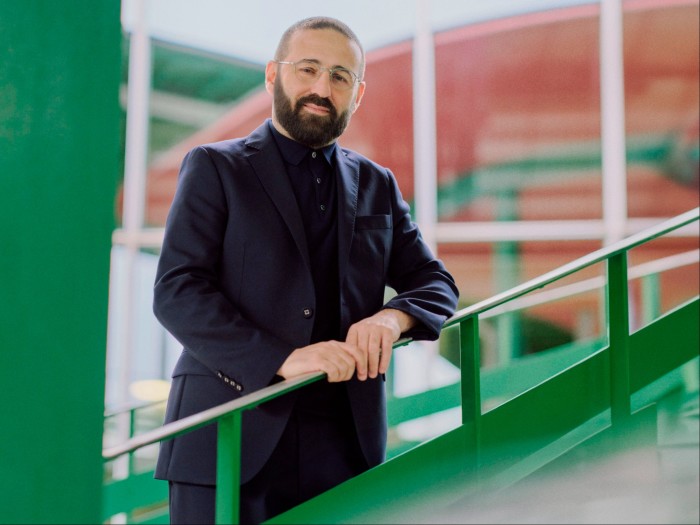
The unflashy de Bellis seems more comfortable in a less public-facing spot now. He sees his role as having an alternative eye to the others in the room while also leaning on his curatorial experience to “open up conversations with institutions and people I have known for many years”. His vision, he says, is “to remember that artists are the core of what we do and letting them lead is always beneficial to everyone”, believing that their voices can provide “fertile ground” to bring in new ideas for the fair group. De Bellis is, however, under no illusions about his priority task. “It needs to be very, very understood that Art Basel is a commercial enterprise that stands for supporting sales of art,” he says.
At the same time, and for Paris in particular, he emphasises the public programme of free-to-see events outside of the fair’s walls. “In Paris, we really insert ourselves into the institutional fabric,” he says. He cites the outdoor sculptures that extend through the Jardin des Tuileries during the fair, a collaboration with the Musée du Louvre, and a project with the Palais d’Iéna for a show of work by Michelango Pisteletto and Daniel Buren.
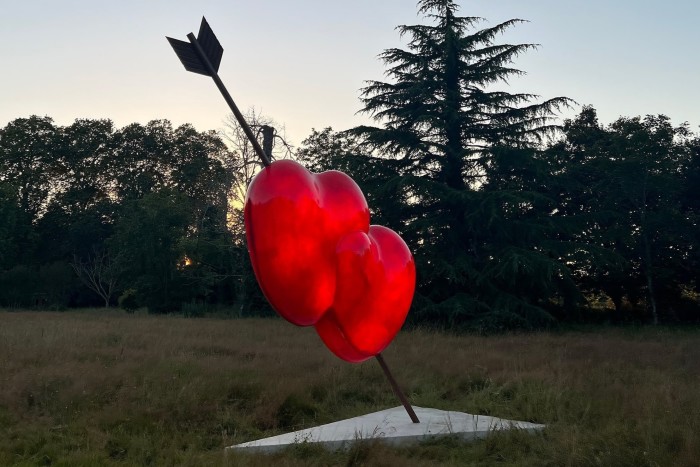
Part of de Bellis’s role is to manage the balance between the distinct Art Basel brand and what he describes as the “flavour” of its individual fairs, delivered by their more “embedded” directors. For Paris, he notes, a third of the galleries in the Art Basel fair have a space in France — though he disagrees the notion that, as more and more international galleries open in the capital, this distinction could become more diluted. Instead, he says of the incoming galleries, “Paris has come back as an art centre, it is really blossoming.”
De Bellis is supportive of other fairs in town during Paris+ par Art Basel. Among his highlights for next week are Design Miami, which opens its first edition in the French capital (October 18-22, L’hôtel de Maisons). (Art Basel’s owner, MCH Group, has a small stake in the design fair’s parent company.) His other recommendation is Paris Internationale, a not-for-profit, nomadic fair for emerging galleries and artists, which opens its ninth edition (October 18-22, Centrale téléphonique Le Coeur).
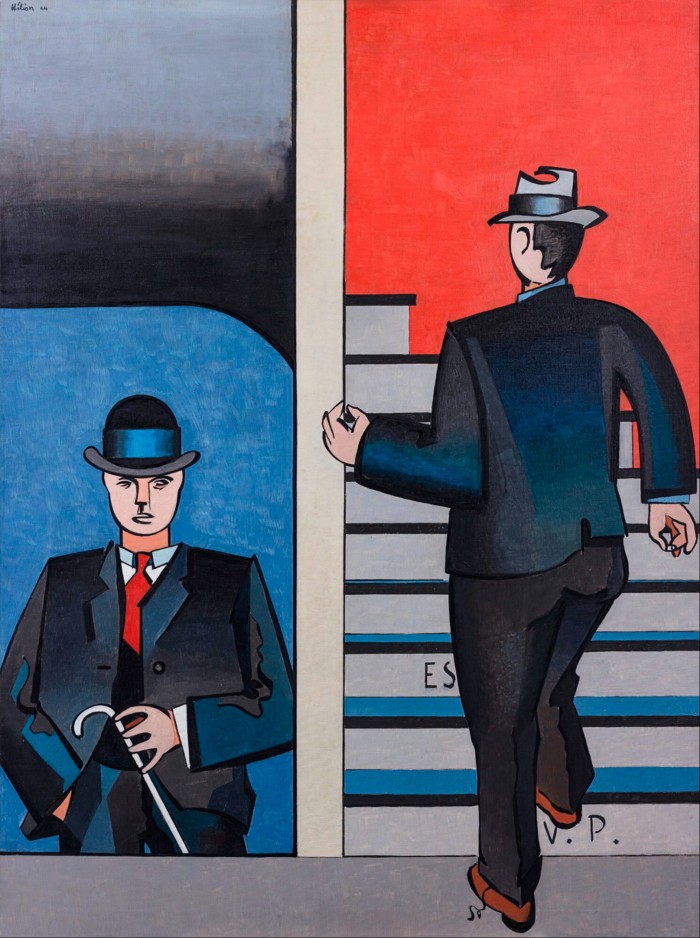
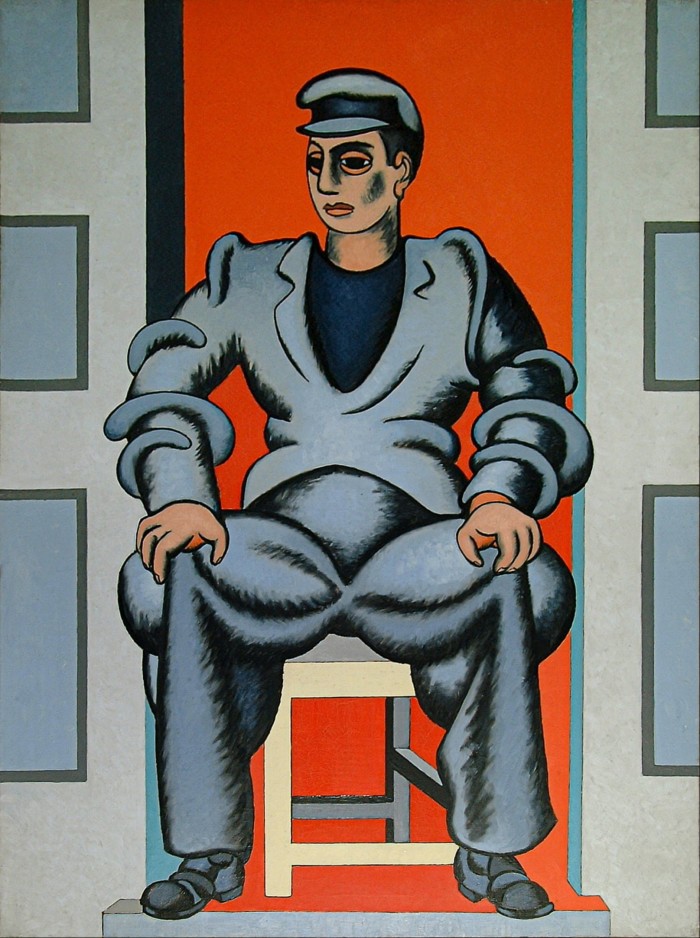
Naturally, de Bellis reserves most praise for his own Paris fair, much of which he describes as “museum-quality”. Among his highlights is a solo showing of seven privately owned works from 1930-53 by the complex and eye-catching French Modernist Jean Hélion (1904-87) at Applicat-Prazan. The gallery is marking its 30th anniversary with its Paris+ stand, which it is calling a “florilège” (anthology) of Hélion’s work. These works, priced between €450,000 and €4.5mn, will be part of the artist’s solo show in the city’s Musée d’Art Moderne next year and are offered at the fair on condition that their new owners respect the commitment to the museum show, confirms gallerist Franck Prazan.
While the look and feel of the fair is more classic than some of the other Art Basels on the circuit, New York’s PPOW, one of six new exhibitors to the fair’s main section, brings an alternative flavour to the 20th-century showings with a booth that takes a new look at the relationship between the artists and lovers Peter Hujar and David Wojnarowicz. De Bellis sees this as chiming with the ongoing Over the Rainbow exhibition at the Centre Pompidou (until November 13), which focuses on the struggles of LGBT+ artists in the 20th century.
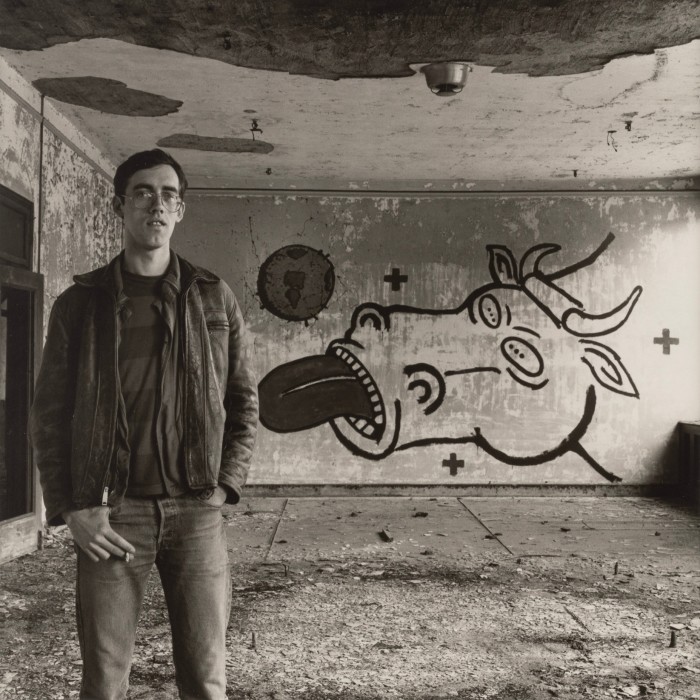
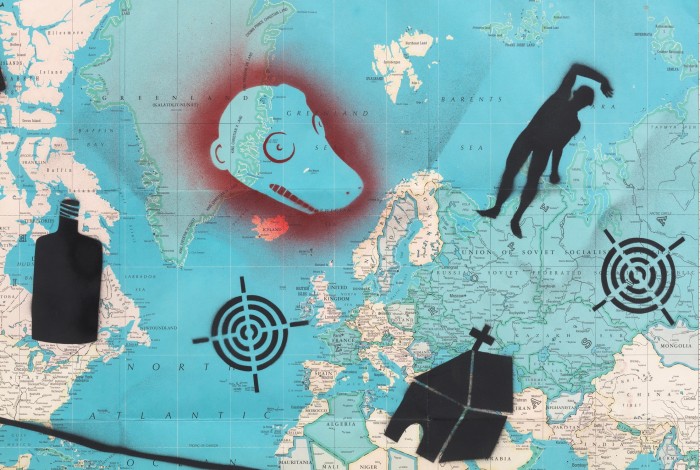
Prazan says that Art Basel brought two things to the mix last year, namely a strong brand and its capacity to entice visitors who might not have been to Paris before. But he notes, “Don’t forget that Paris+ is not completely new. It took the place of a fair that already existed [Fiac, founded in 1974], which was a good one.” He sees this as symptomatic of the nature of the art scene in Paris. “It has been a market for a long time with buyers, galleries and museums, and now it is growing,” he says. France’s art market was worth a record $5bn in 2022, according to the Art Basel/UBS art-market report, making it the world’s fourth-largest. (This compares with the UK’s 2022 total of $11.9bn.)
Growing too, in fact, is the fair. Its second edition is also its last edition in the Grand Palais Éphemère, a temporary location while the original Grand Palais undergoes renovations and gears up for the 2024 Olympics. Next year’s fair will have room for about 25 per cent more exhibitors than this year’s 154, de Bellis says, describing the building as “the most outstanding place to do a fair”. This year, however, is definitely not an in-betweener, he says: “We will just have even more reach then.”
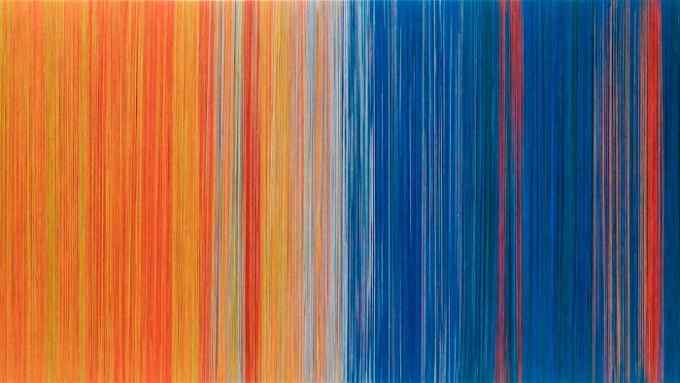
Comments